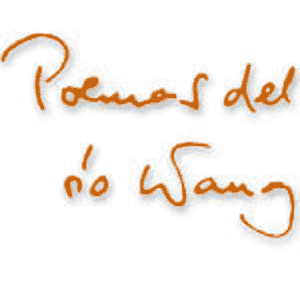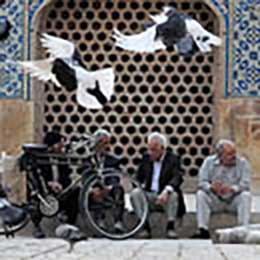




 The hermitage, named after the Trinity, is rather just visited by the people from the neighborhood on Sunday mornings, when a Mass is held in the chapel. It was in the summer that we came here for the first time, and I watched in surprise that the families coming out of the church, instead of descending on the rocky path, scattered about the clearing, fires were lit, they took out the huge round tins and each started to prepare his own paella. On this murky winter evening, however, no one was upstairs at the hermitage.
The hermitage, named after the Trinity, is rather just visited by the people from the neighborhood on Sunday mornings, when a Mass is held in the chapel. It was in the summer that we came here for the first time, and I watched in surprise that the families coming out of the church, instead of descending on the rocky path, scattered about the clearing, fires were lit, they took out the huge round tins and each started to prepare his own paella. On this murky winter evening, however, no one was upstairs at the hermitage.


The tradition of the hermitage has been living here since the 13th century when Raimundus Lullus, converted into a hermit from a troubadour and royal seneschal, with the support of King Jaume II founded the school of Oriental languages in the neighboring Miramar. From then on, this rocky and wooded coastline is called “Desert de la Trinitat”, “the hermitage of the Trinity”.




The heyday of the hermitage was in the 17th century, when the venerable Joan Mir de la Concepció in 1646, not far from here, on the site of a former hermitage founded his convent named after the Egyptian hermit fathers Saint Paul and Anthony. It was him who also founded the today existing building of the Ermita de la Trinitat in 1648. The chapel was built in 1703 on the foundations of a former one.



The ruins of Joan Mir’s first “old hermitage” are still visible today in the woods, between oak trees and lime-kilns. Not far away, next to a cave an inscription from 1627 proclaims that it was the hermit’s cave of Raimundus Lullus who offered here all his works to the Holy Virgin. And from there the trail soon reaches Miramar where the great researcher of 19th-century Mallorca, the Hapsburg Archduke Luis Salvador de Austria built himself a modern hermitage on the seashore.



























































































Add comment